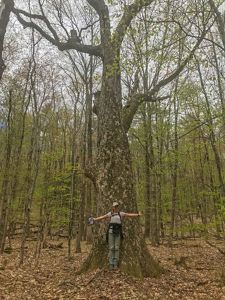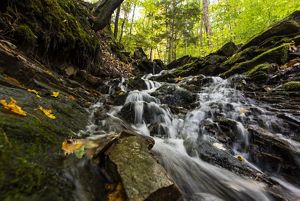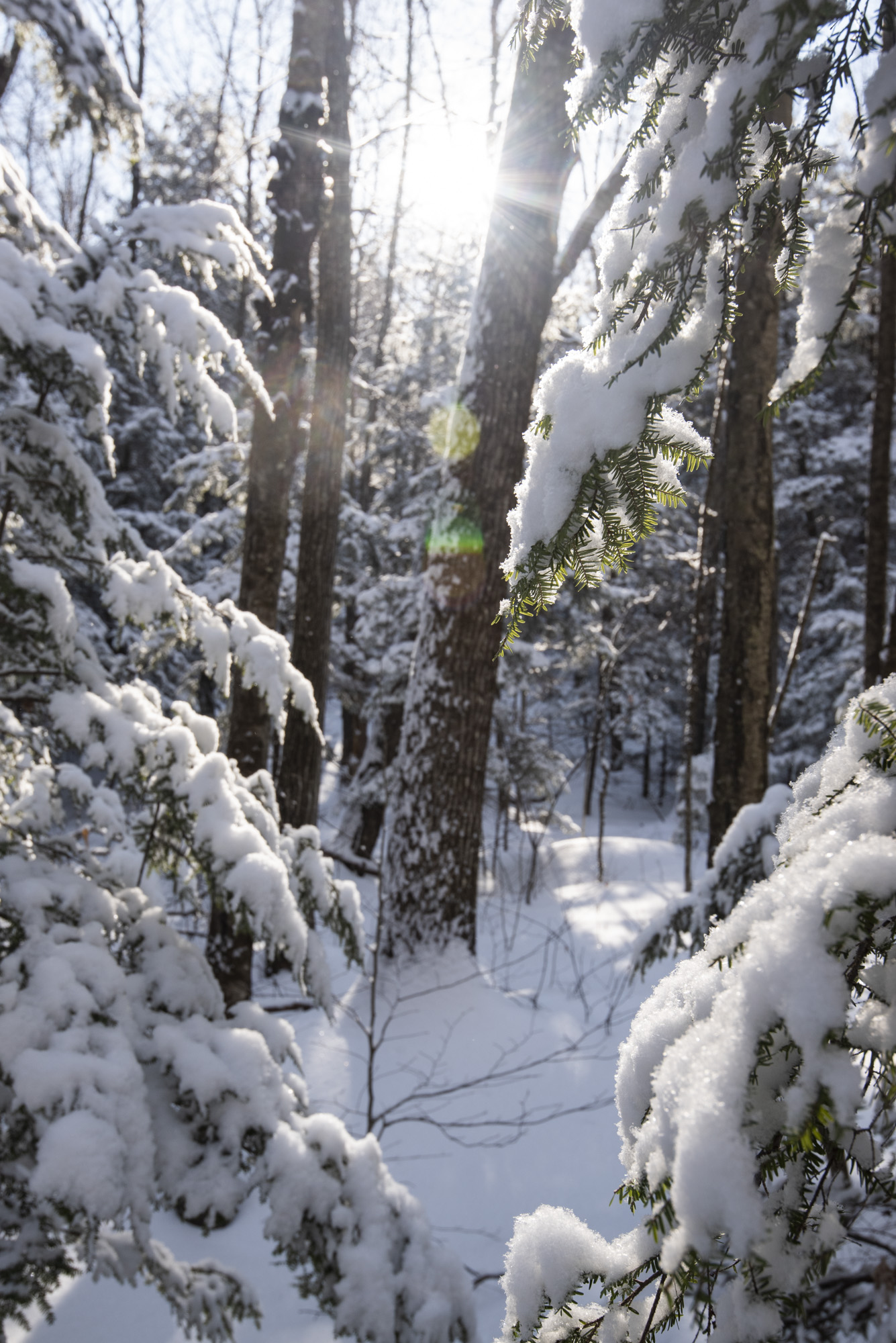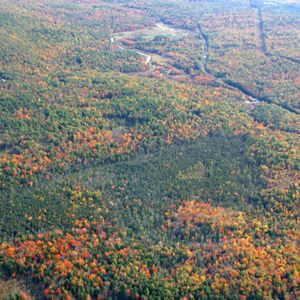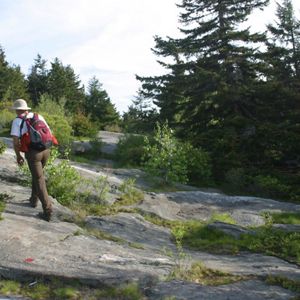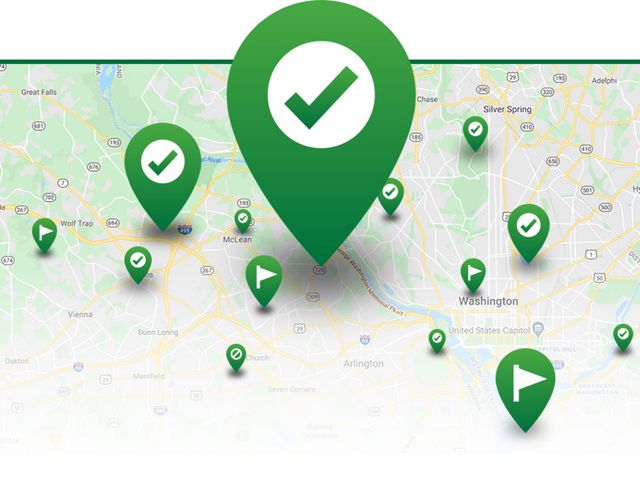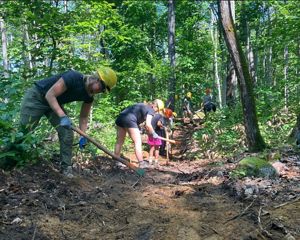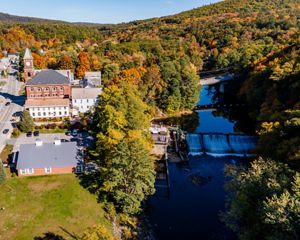Description
Towering trees. Safe haven for wildlife. Free-flowing streams. Abundant recreational possibilities. Surry Mountain is a place rich with natural treasure—a vast expanse of forests, ponds and headwater streams. This incredible preserve, just north of Keene, is a critical piece of a 50,000-acre conservation puzzle pieced together in the Monadnock region—a resilient and connected landscape where people and nature can thrive, even in the midst of a changing climate.
The Surry Mountain Preserve boasts 1,324 acres of climate-resilient land that will never be developed. Nearly nine miles of frontage along seven headwater streams provide clean water to those living, working and playing in the region. Black bears, bobcats, fishers and other wildlife roam freely across the land’s extensive, high-quality habitat. The beautiful and remote Lily Pond remains undeveloped, along with 16 acres of bogs, beaver ponds and other wetlands. The preserve’s healthy, well-managed forest lands continue to filter our air and water. Hiking, hunting, fishing and snowshoeing are just a few of the ways visitors can explore the preserve. Surry Mountain is open to the public as a place to take in an outdoor adventure, the inspiring vistas and revel in the restorative silence.
Download the Surry Mountain Preserve trail map and plan your visit!



